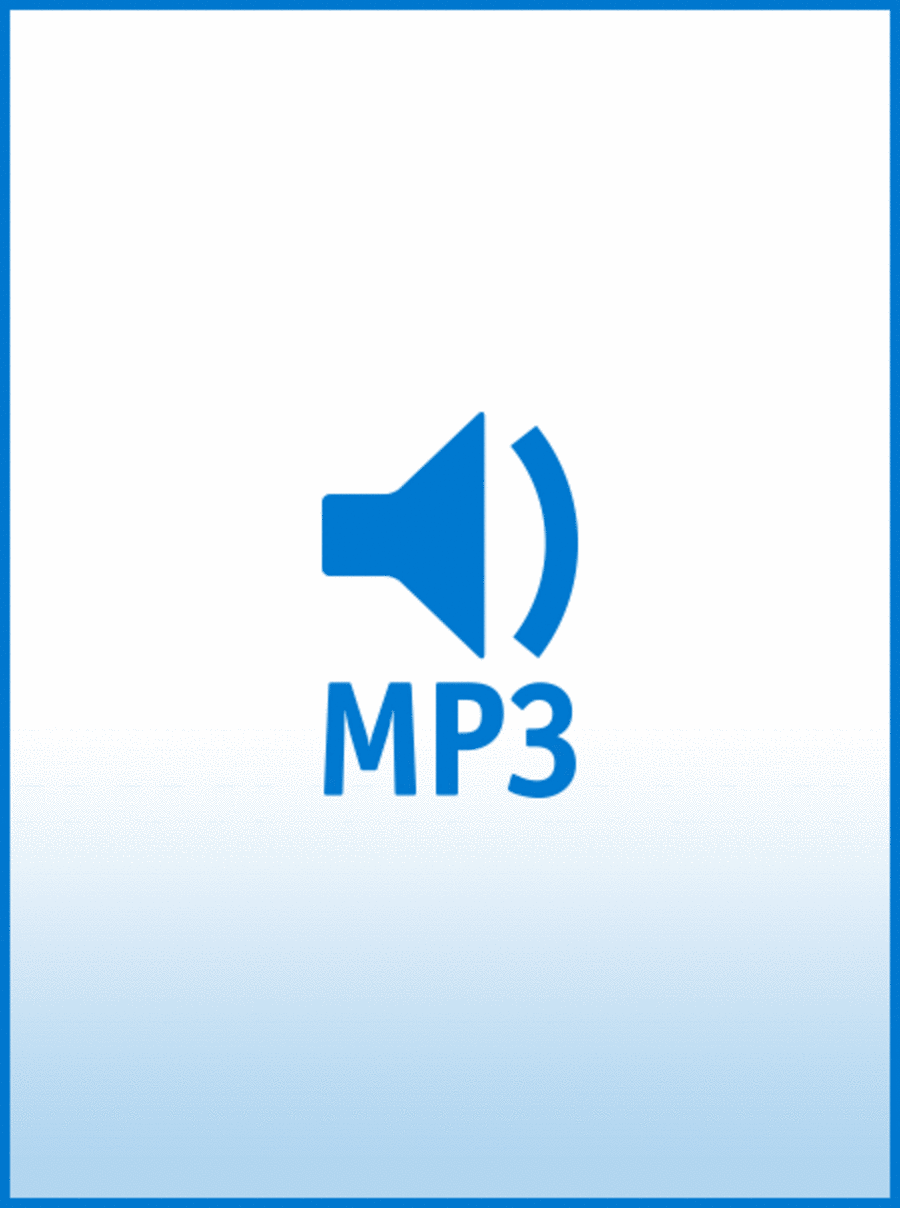Drum Set,Guitar Accompaniment,Keyboard Accompaniment,Synth String Reduction - Level 2 - Digital Download SKU: A0.1422373 Composed by Deborah Johnson. Arranged by Deborah Johnson. Broadway,Contest,Festival,Historic,Musical/Show,Opera,Romantic Period. Accompaniment. Duration 354. Deborah Johnson #1003715. Published by Deborah Johnson (A0.1422373). With a charming message evoking nostalgia for days gone by, 'Dishes, Dolls, Dresses and Dreams' is an enchanting song crafted for solos and chorus. Its whimsical melody and heartfelt lyrics transport listeners to a bygone era filled with innocence and wonder. Originally written for a musical, this versatile composition can stand alone as a captivating musical selection or be enhanced with the addition of dance, adding visual depth to its already enchanting narrative. Furthermore, its adaptable nature allows for easy dramatization, making it suitable for theatrical performances. For those seeking versatility, the song offers the flexibility to be shortened after measure 117 without compromising its impact, ensuring it can be tailored to fit various performance contexts and preferences. This is the instrumental accompaniment track for performance. Sheet music, including vocal lead sheet score is also available and is 19 pages including cover. Range is G below middle C to high C, which occurs once very quickly. Written and arranged by Deborah Johnson, first written to be included in the musical TSARINA. (http://TsarinaTheMusical.com) DEBORAH JOHNSON, is a National Recording Artist, Composer, Speaker and published Author. She has recorded dozens of albums, written 3 original musicals and has appeared on many stages around the country and world. She also appeared with the headliner piano/vocal duo Double Grande. Her internationally released books have garnered great reviews (on Amazon & Barnes & Noble) Deborahs songs have also been up for multiple Grammy Awards. Music and Lyrics by Deborah Johnson. Basic production and piano tracking by Deborah. Additional production & keyboards: Richard Callaci, guitars Jack Majdecki. Additional vocals: Deborah Johnson, Joyce Anderson, Micah Pearsal, Lori Donato, Melanie Smith. Recorded at DJWorks Studios & Callaci Studios. https://DJWorksMusic.com Books & Products: https://goalsforyourlife.com/goal-setting-products Twitter: @DJWorksMusic; LinkedIn: https://www.linkedin.com/in/deborahjjohnson/ Follow on Facebook: http://on.fb.me/14hfyhf For more information about Deborah, her albums, books and products, visit https://DJWorksMusic.com, https://goalsforyourlife.com/ or https://DeborahJohnsonSpeaker.com Video here: https://youtu.be/uQcUdXwCA0w
